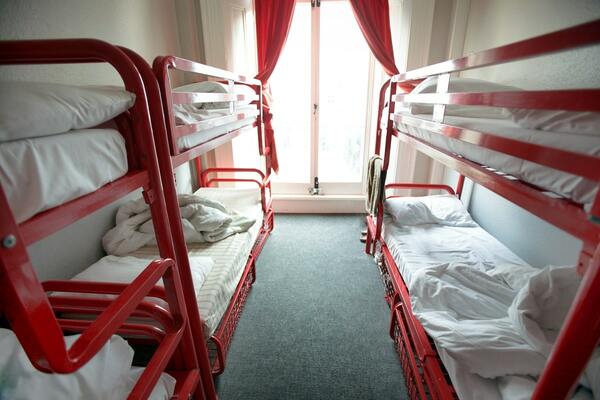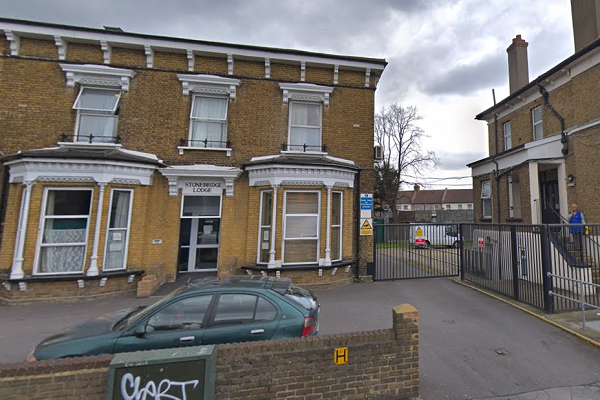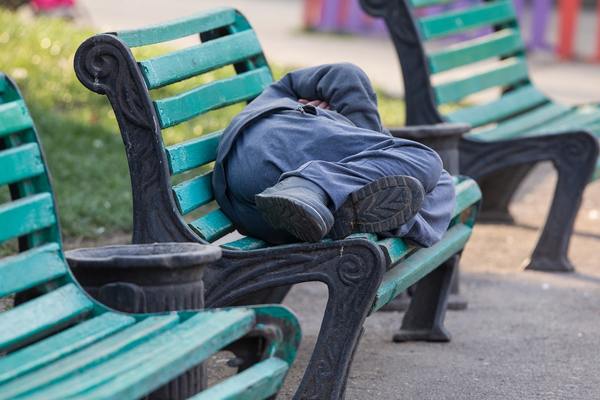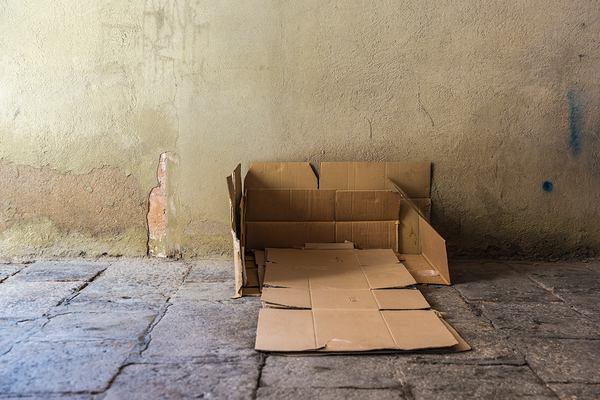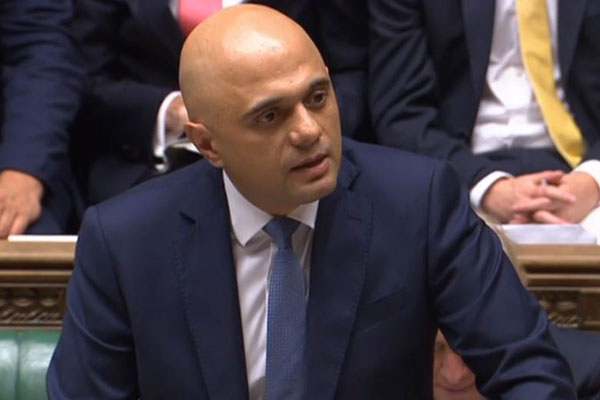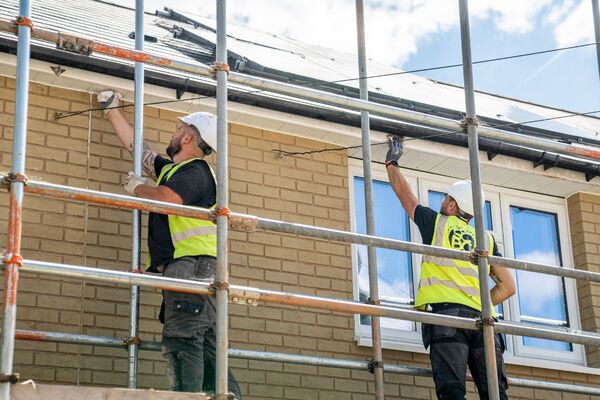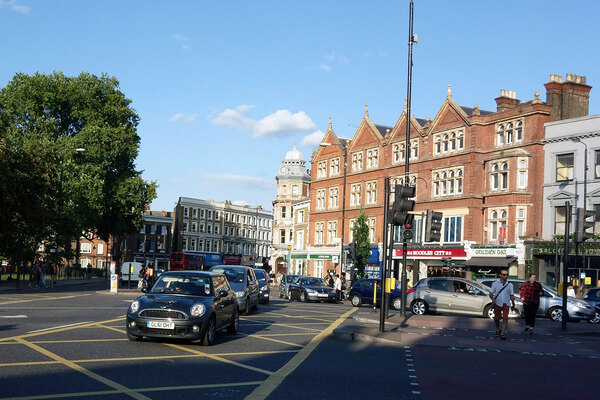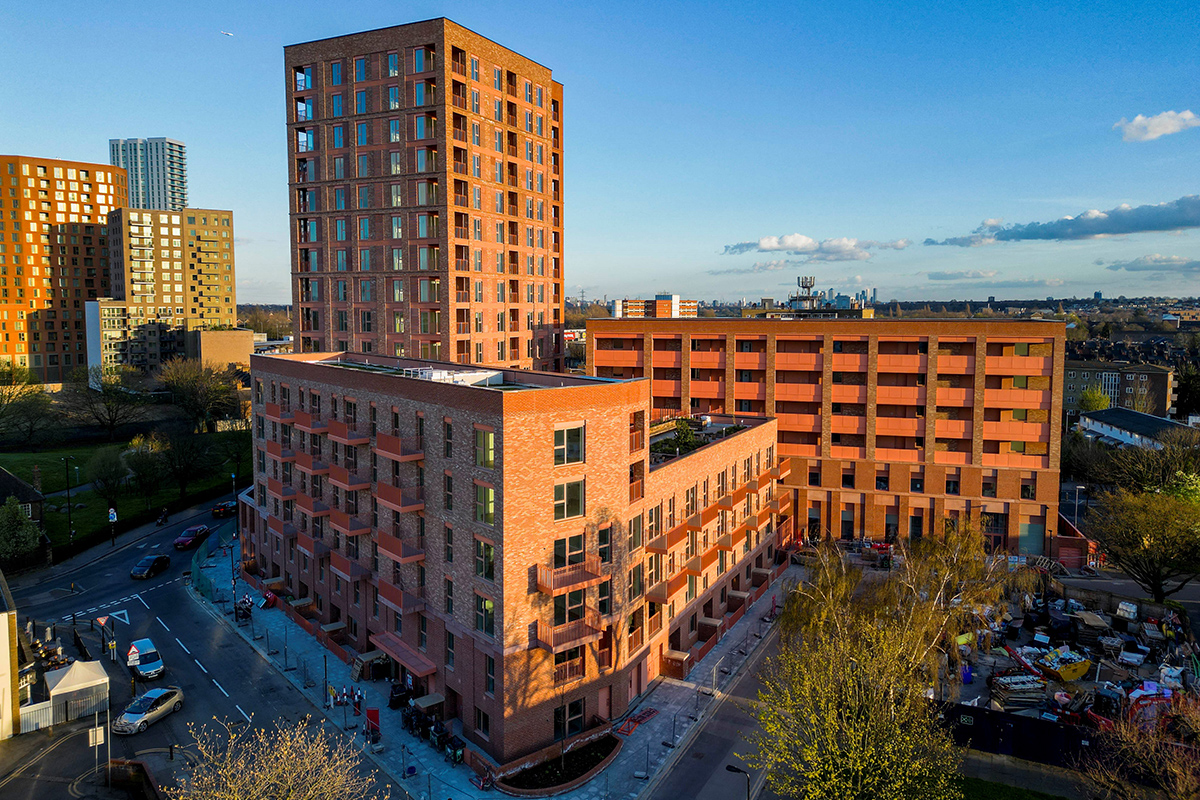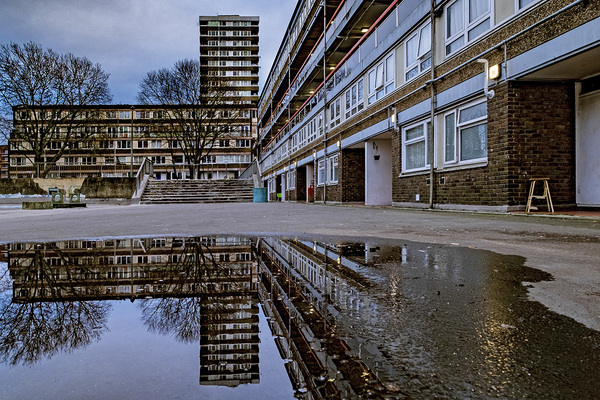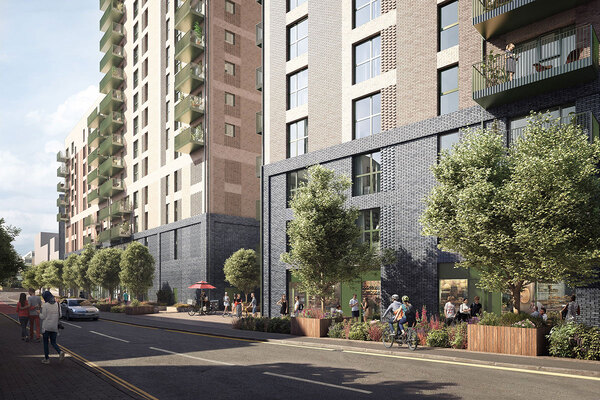You are viewing 1 of your 1 free articles
Number of households in temporary accommodation at highest in over a decade
The number of households in temporary accommodation is at the highest number since 2007, government figures reveal.
In the three months to the end of March, 84,740 households were living in temporary accommodation, up 5% from the same point last year, the Ministry of Housing, Communities and Local Government reported today. Around 73% of these households included children, equating to 126,020 children in bed and breakfasts, hostels and other forms of temporary accommodation.
London accounted for two-thirds of the households in temporary accommodation.
The figures also showed that in the three-month period, 32,740 households were initially assessed as being homeless, up 11.2% from the prior quarter.
Kate Henderson, chief executive of the National Housing Federation, said: “It is unacceptable that the number of families living in temporary accommodation has been allowed to reach an eight year high with no real action to tackle the root of the problem."
Earlier this year, a survey by the Local Government Association found that 60% of councils said more households have been placed in temporary accommodation since the introduction of the Homelessness Reduction Act in April last year.
Under the act, local authorities are now required to help households which are threatened with becoming homeless within 56 days, under what is known as a ‘prevention duty’.
Previously, councils only had a legal duty to help households once they had become homeless.
A total of 70,430 households were owed either a homelessness prevention or relief duty from local authorities, the highest number since the act was introduced.
Of the 37,690 households owed a prevention duty in the first quarter of 2019, 6,030 (16%) were recorded as going on to become homeless.
The number of households that were rough sleeping at the time of submitting a homelessness application decreased 5.8%, from 1,890 in the final quarter of 2018 to 1,780 in the first quarter of 2019.
In August last year, the government launched a new £100m Rough Sleeping Strategy in a bid to end rough sleeping by 2027.
Analysis released by the government today predicted that the number of vulnerable people sleeping rough has been reduced by a third, compared with the number it would have been if the strategy was not introduced.
